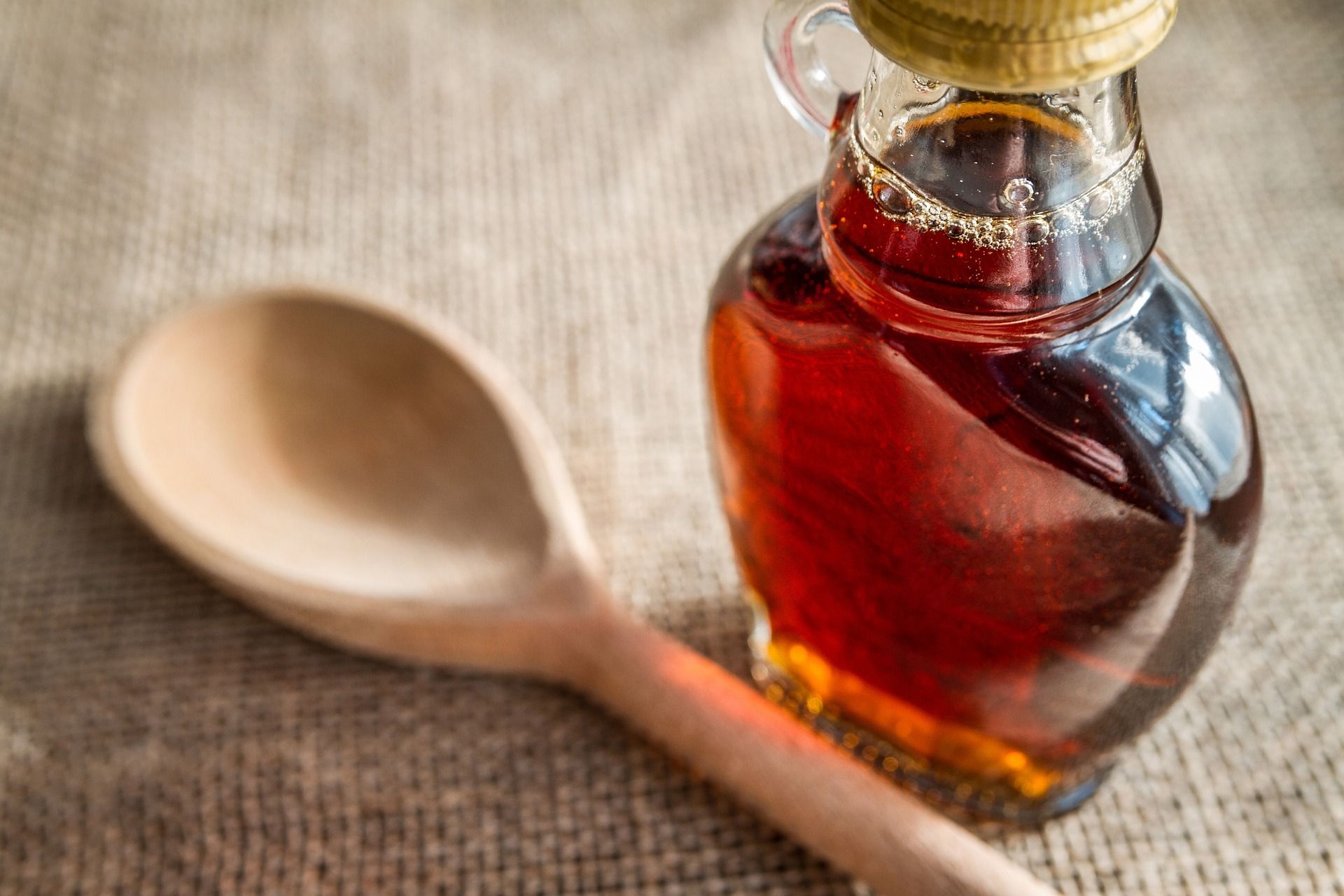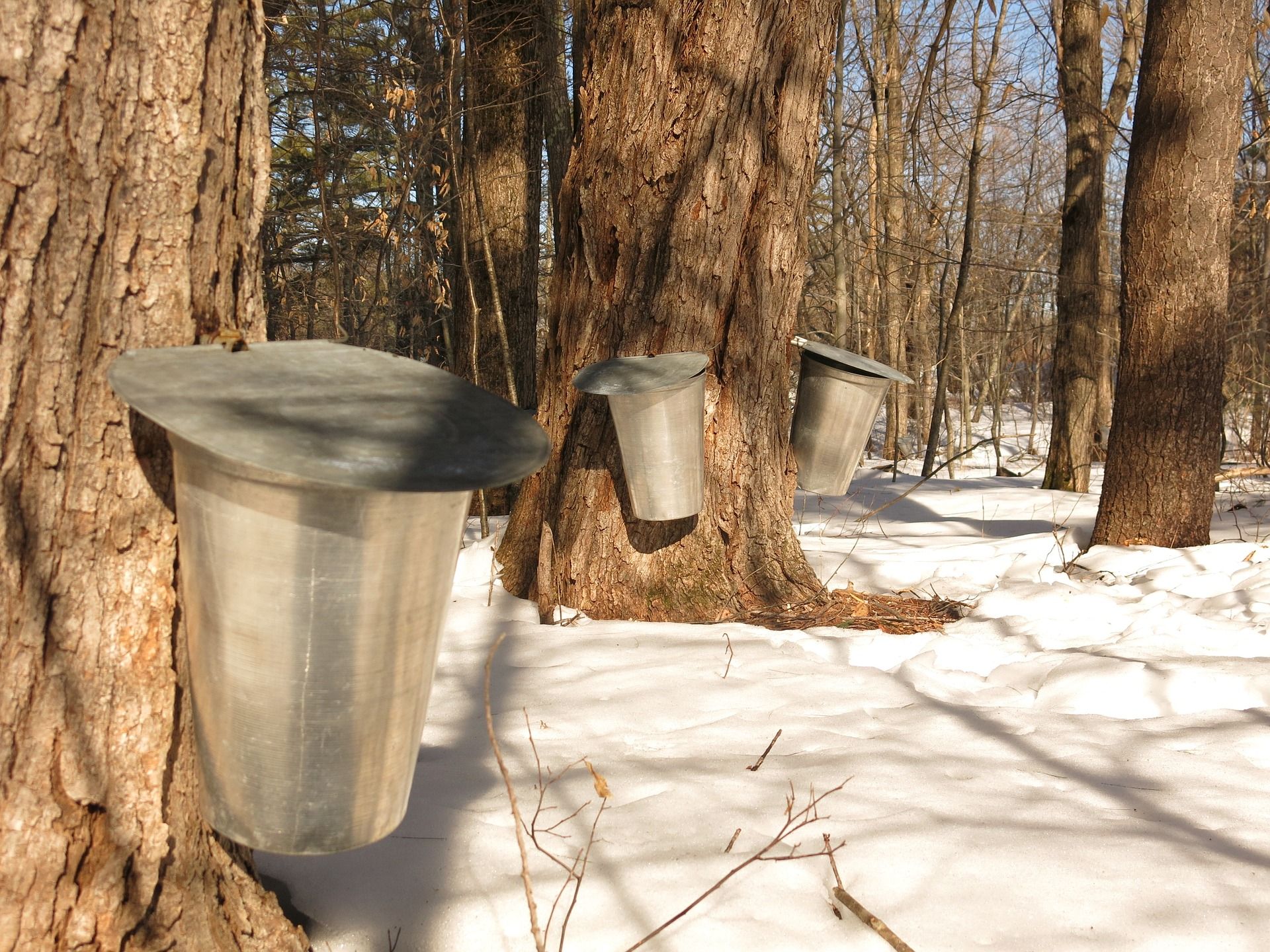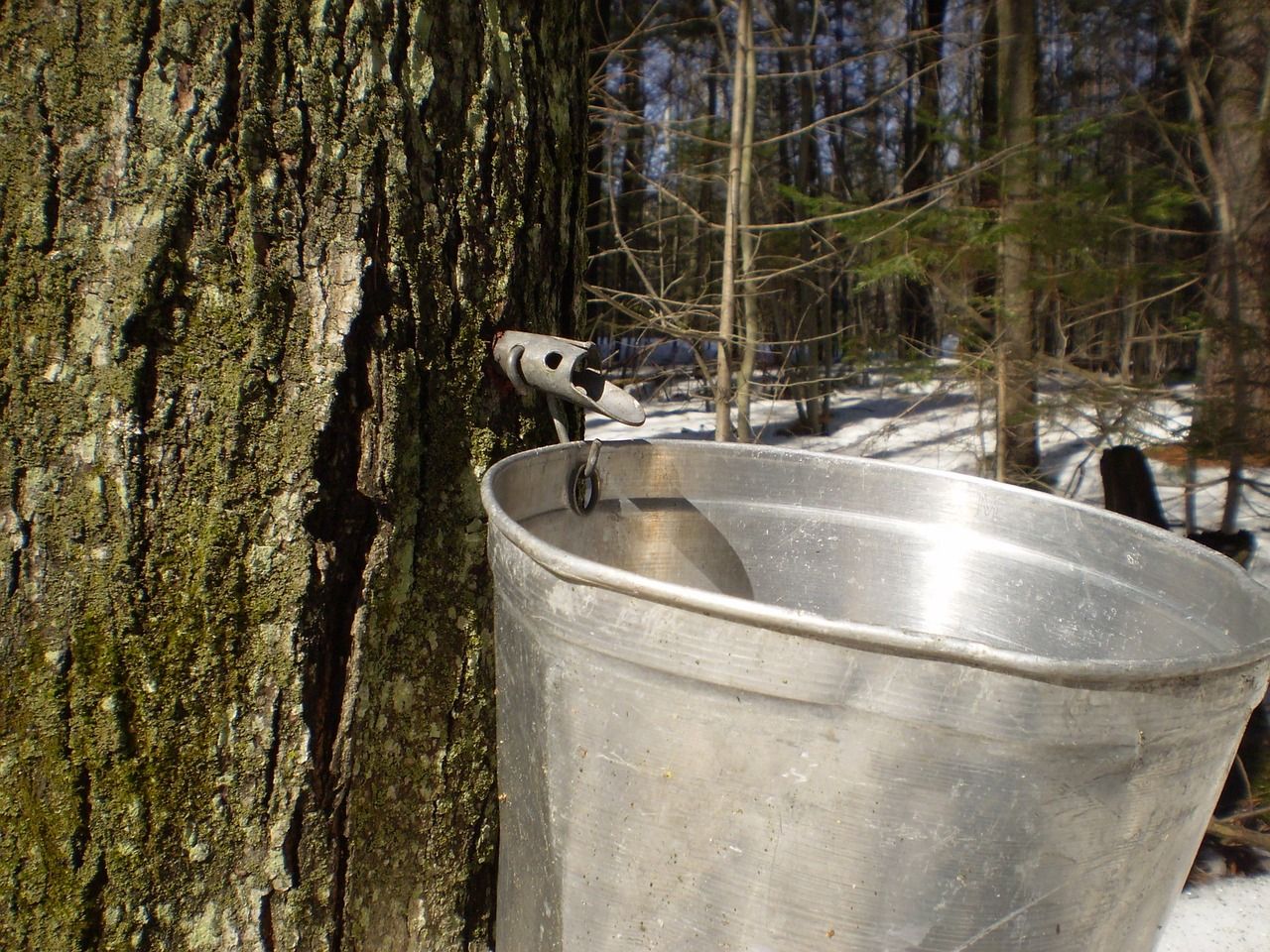Tapping Trees for Syrup: A Guide to Small-Scale Production

If you're looking for a sweet and delicious project to try in your backyard, why not consider tapping trees for syrup? With just a few basic supplies and a bit of know-how, you can produce your own homemade syrup from a variety of trees.


Here are 10 trees that can be tapped for syrup:
1. Sugar Maple - the classic choice for maple syrup, producing a high-quality and flavorful syrup.
2. Black Maple - similar to sugar maple, but with a slightly different flavor profile.
3. Red Maple - produces a lighter syrup with a milder flavor than sugar maple.
4. Silver Maple - has a lower sugar content than other maples, but still produces a tasty syrup.
5. Boxelder - a type of maple with a low sugar content, but produces a unique and nutty-tasting syrup.
6. Birch - produces a light-colored and delicate syrup with a subtle flavor.
7. Walnut - has a low sugar content, but produces a syrup with a rich and nutty flavor.
8. Hickory - produces a syrup with a smoky and savory flavor, great for adding depth to dishes.
9. Sycamore - produces a syrup with a unique, caramel-like flavor.
10. Sweet Gum - has a lower sugar content, but produces a syrup with a rich, earthy flavor.
Here are some methods for processing sap into syrup:
1. Collect sap in buckets or plastic tubing, being careful not to damage the tree.

2. Filter out any debris or bugs from the sap.
3. Boil the sap in a large pot or pan until it reaches the desired consistency and sweetness.
4. Filter the syrup through a cheesecloth or fine mesh strainer to remove any remaining impurities.
5. Store the syrup in sterilized jars or bottles.
When is a good time of year to tap trees for syrup?
The ideal time to tap a tree for syrup is during the late winter or early spring when the days start to warm up and the nights are still below freezing. This is because the temperature changes cause pressure within the tree to build, and the sap begins to flow up towards the branches. This makes it easier to collect the sap, as there is more pressure within the tree to force the sap out.
The exact timing of tapping trees can vary depending on your location and the climate. It's generally recommended to start tapping trees in late February or early March, but this can vary depending on the weather conditions. If you're not sure when to start tapping, you can check the local weather forecast to see if the temperatures are suitable for sap flow.
It's important to note that the amount of syrup produced can vary depending on the tree, weather conditions, and other factors. But with some patience and experimentation, you can produce your own delicious and unique syrup at home.
Tapping trees for syrup is a fun and rewarding way to produce your own sweetener and take a step away from the industrial food system. Try it out this season and see what delicious flavors you can create!
